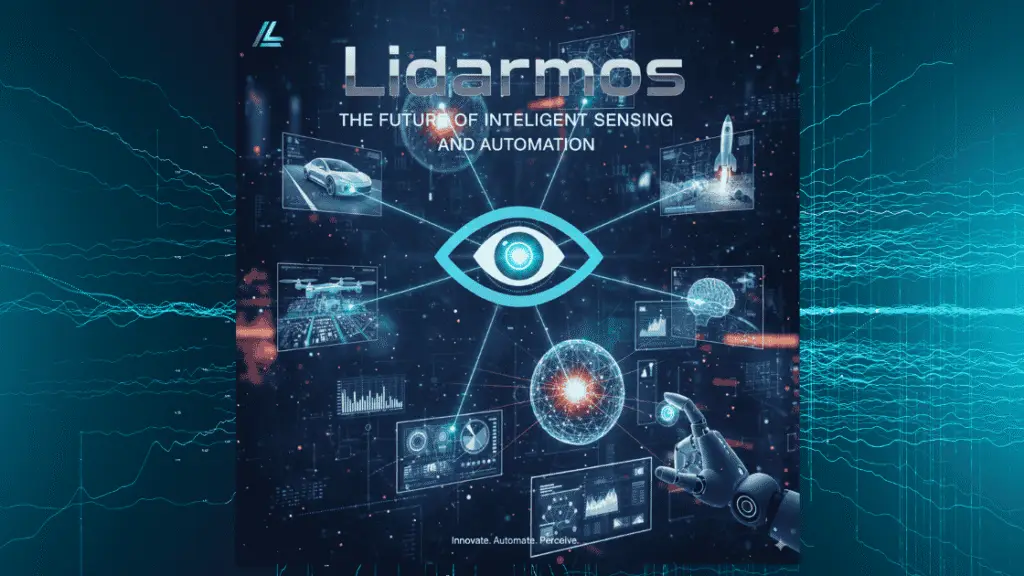Lidarmos—The Future of Intelligent Sensing and Automation
In today’s era, the world is moving rapidly toward change, and the driving force behind it is technology. Life is becoming easier, and in this way, what once took hours is now being done at the speed of electricity. Among all these innovations, one of the most remarkable is Lidarmos. This is a future-oriented technology designed for the coming generations, as it connects LiDAR technology with smart applications, 3D mapping, and robotics.
In simple words, Lidarmos can be seen as a smart eye. It doesn’t just look around—it processes the information and makes instant decisions. That’s exactly why it’s becoming so popular and why it will be a vital section of the future, especially in autonomous vehicles, drones, smart cities, healthcare networks, and even space exploration.
What is lidar, and how does it work?
At its core, Lidarmos is built upon LiDAR technology (Light Detection and Ranging). The LiDAR system is so advanced that whenever a measurement is required, its sensors release laser beams. These beams hit an object and bounce back, which makes it possible to calculate the exact distance. This makes the work much easier and also very fast.
When combined with GPS, Inertial Measurement Units (IMUs), and AI-powered algorithms, these computation turn into a detailed 3D mapping of the environment, which makes the results highly accurate. Unlike conventional LiDAR, which only provided simple data, Lidar is unique because of its real-time sensing and forecastings analysis. It works much faster and give more precise result.
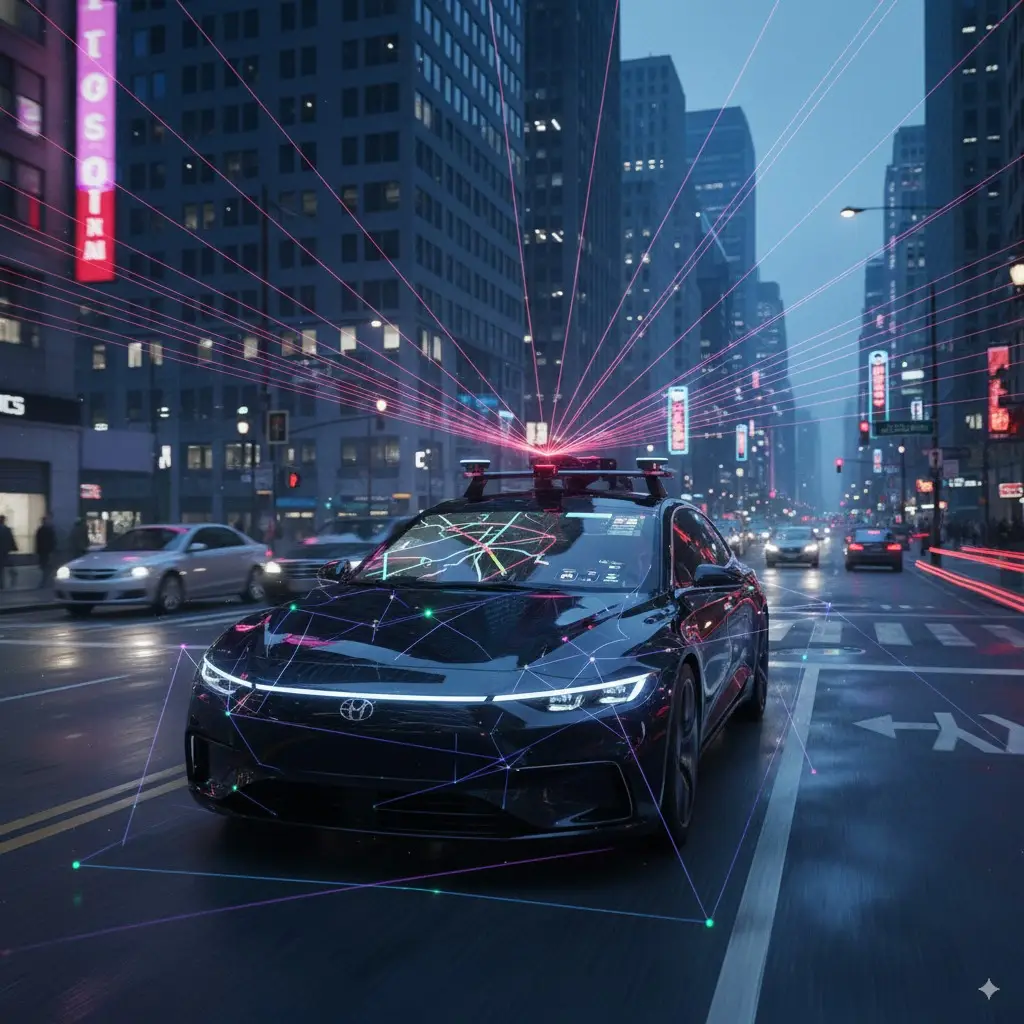
In autonomous cars, Lidarmos is widely used. It identifies the recognizer outside the car, measures how far they are, and figures out the safest way for the vehicle to move. This feature is really useful for drivers because while they are sitting inside, the car itself is analyzing what’s happening outside and making smart decisions.
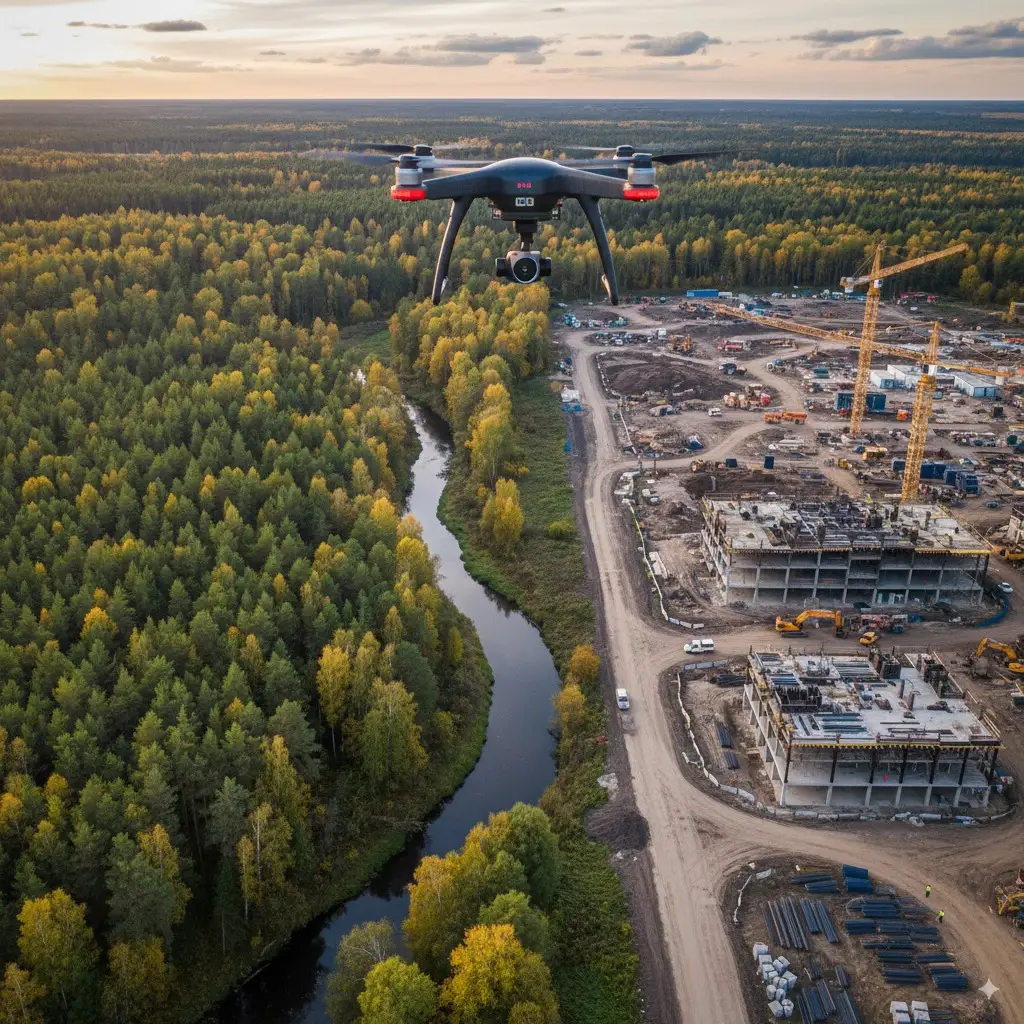
In robots and drones, Lidar is also very helpful. It supports navigation in difficult areas, helps in infrastructure inspection, and makes environmental monitoring much more effective.
In short, this technology brings sensing and intelligence together, and that’s why it sets the stage for the next big wave of automation in the future.
Environmental Monitoring and Climate Studies
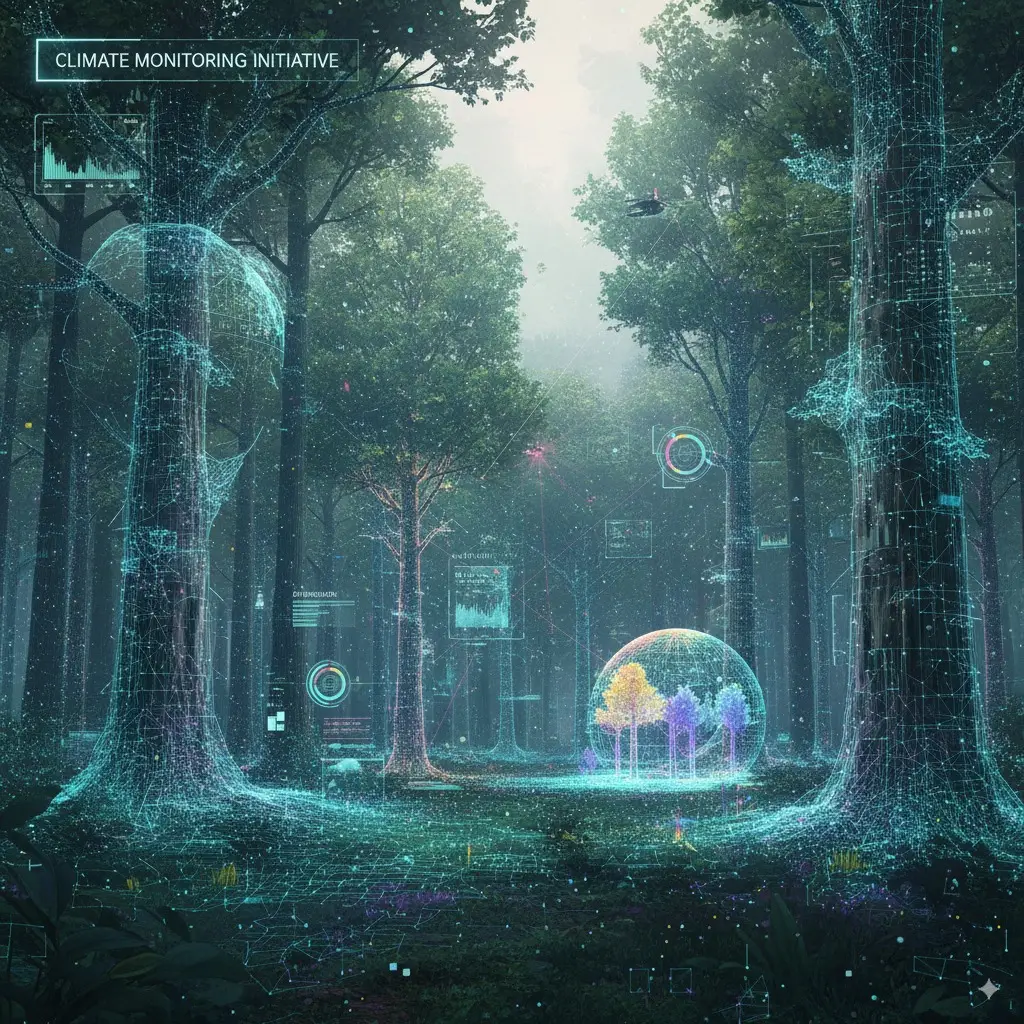
One of the significant uses of Lidar is in environmentals monitoring. With the way our climate is changing, we need advanced tools that can closely track forests, glaciers, and ecosystems. Systems based on Lidarmos can measure air quality, greenhouse gas level, and amazing biodiversity accuracy, giving researcher trustworthy data.
Lidar is really useful for urban planning because it helps planners make digital copies of cities, called digital twin. With these, they can see traffic acts and how energy is applieds and plans better for emergencies.
In climate research, scientists use Lidars to watch forest, track glacier, and even guess when natural disaster like flood or wildfires might happen. When this informations is combined with smart algorithms, it gives useful insights that help make better decisions and support sustainability.
Healthcare and Medical Imaging
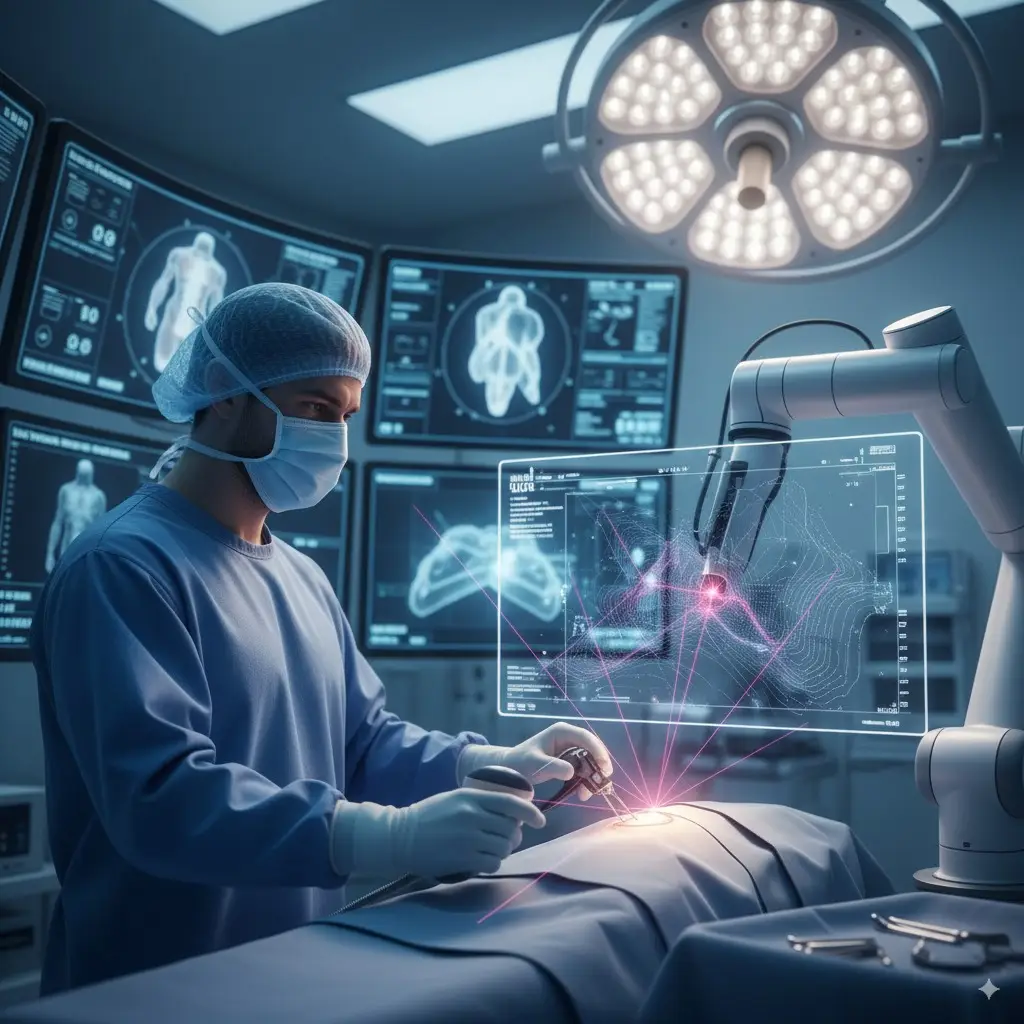
The healthcare sectors is also startings to benefit from Lidarmos. Just imagine a surgeon performing a complicated surgery with the aid of automated arms guided by LiDAR technology. The 3D mapping is extremely detailed, allowing doctor to work with tiny measurement. This makes surgeries safer and helps prosthetics fit better, lowering the chance of mistakes.
In medical imaging, Lidar can create detailed, high-resolution scans of organ. It lets doctor find issue sooner and figure out the best way to treat them. With its automation and predictive capabilities, Lidarmos has the potential to entirely changes how we handle preventive healthcare.
Military, Security, and Surveillance
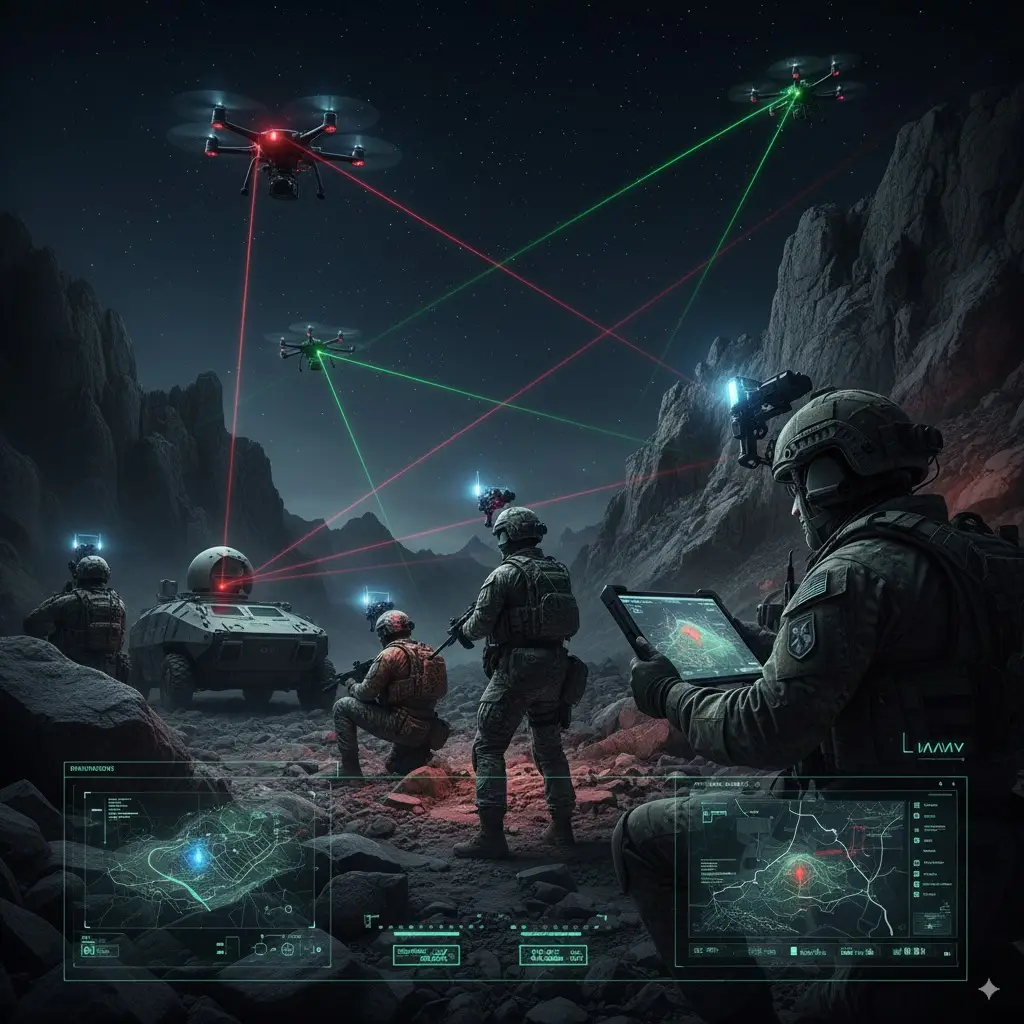
Drone equipped with Lidars can carry out border surveillance even in low-light or foggy condition.
Defense systems can detect threats faster using AI-powered algorithms, reducing response times dramatically.
Its ability to handles privacy concerns, cost, and scalability will determine how widely this technology gets deployed in sensitive application.
Smart Cities and Digital Twins
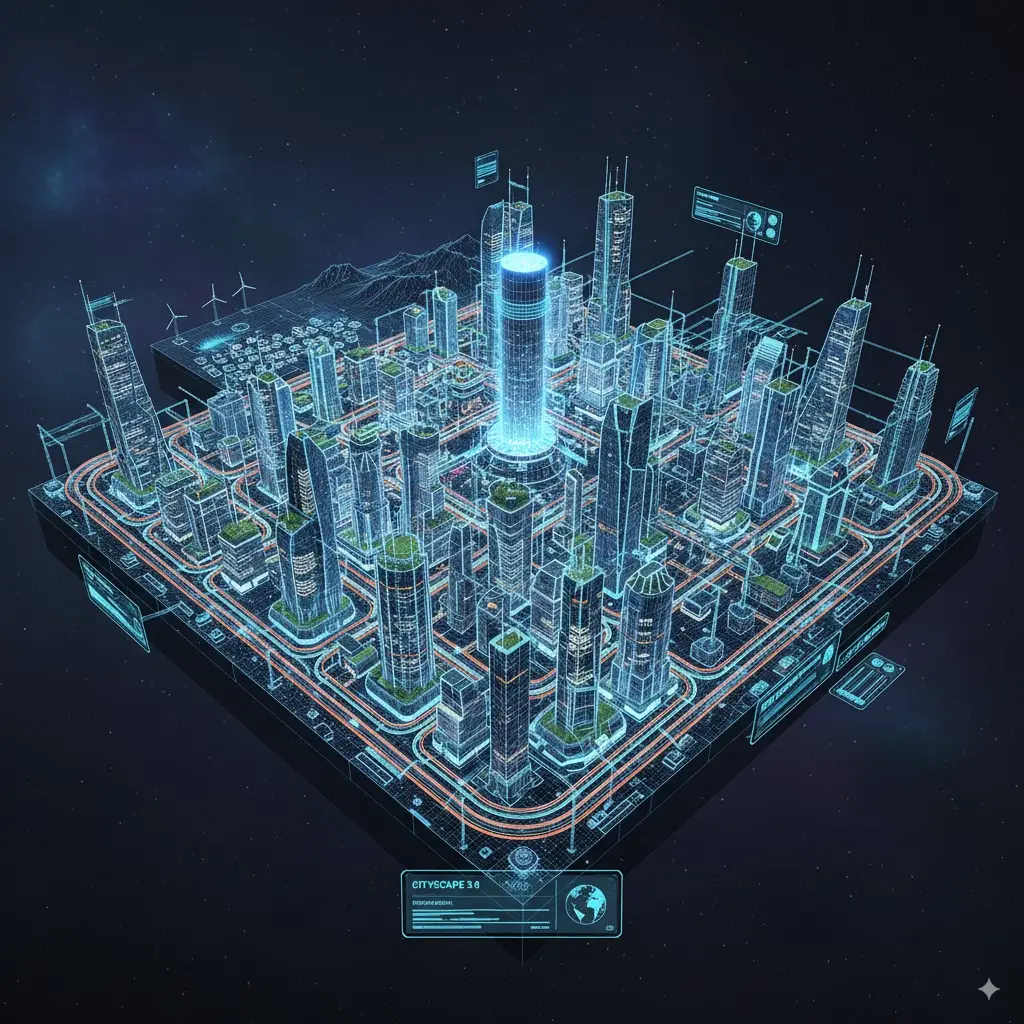
The concept of smart cities relies on data, connectivity, and automation. Lidarmos makes it possible to design digital twins—virtual models of entire cities. These twins allow governments to test infrastructure, traffic flow, and emergency responses before implementing them in the real world.
Lidarmos is useful for many parts of city life, from planning and building to managing traffic. With its smart forecasting capability, it can warn about problems like traffic jams, pollution, or even powers cuts before they take place.
Space Exploration—Beyond Earth
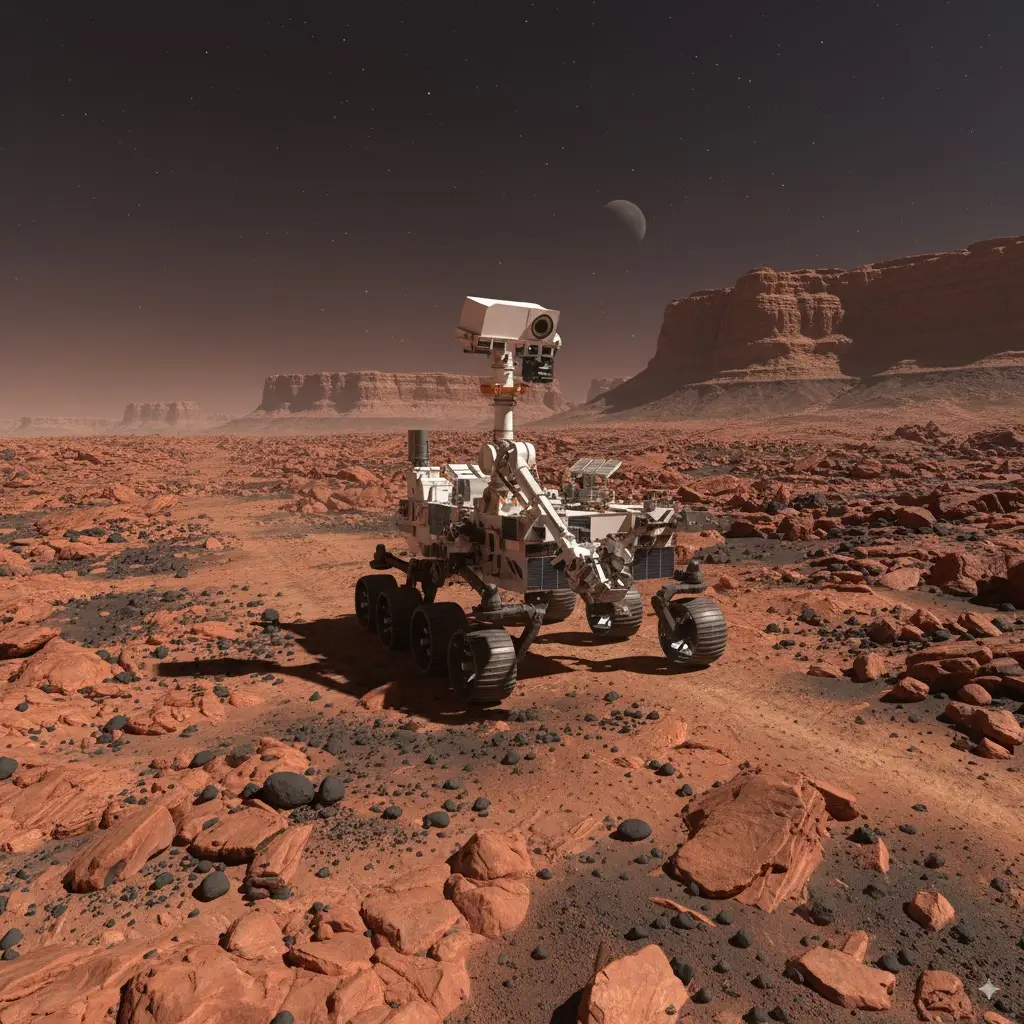
Lidar isn’t just useful on Earth—it’s starting to play a parts in space as well. Scientists see its potential for mapping the surface of distant planets, helping rovers find their way across rough ground, and even making spacecraft docking smoother and safer.
LiDAR was once used on Mars rovers, but Lidarmos takes it further. Instead of just scanning, it adds smart decision-making into the system. That’s what makes it different. With this, exploring space could becomes easier and more efficient than until now.
Challenges—Cost, Scalability, and Privacy

A main barrier with Lidar right now is the cost. The high-tech detection units and computing modules don’t come cheap, so rolling them out everywhere isn’t easy. There’s also the matter of privacy. Like with most new technologies, people worry about how the data might be used or misused. These systems also gather huge amounts of data, and making sense of it requires very strong computing resources. Unless these challenges are dealt with, it’s unlikely that Lidarmos will become a part of our daily lives anytime soon.
Conclusion—A New Era of Intelligent Automation
Lidarmos isn’t just a step forward for LiDAR—it’s a complete shift in how we use sensing technology. With its mix of smart sensors, AI, 3D mapping, and Computerization, it has the potential to transform areas like driverless cars, drone, healthcare, environmental monitoring, defense, and smart cities.
As the technology becomes cheaper and AI grows stronger, Lidarmos may well turn into the backbone of our digital world.

